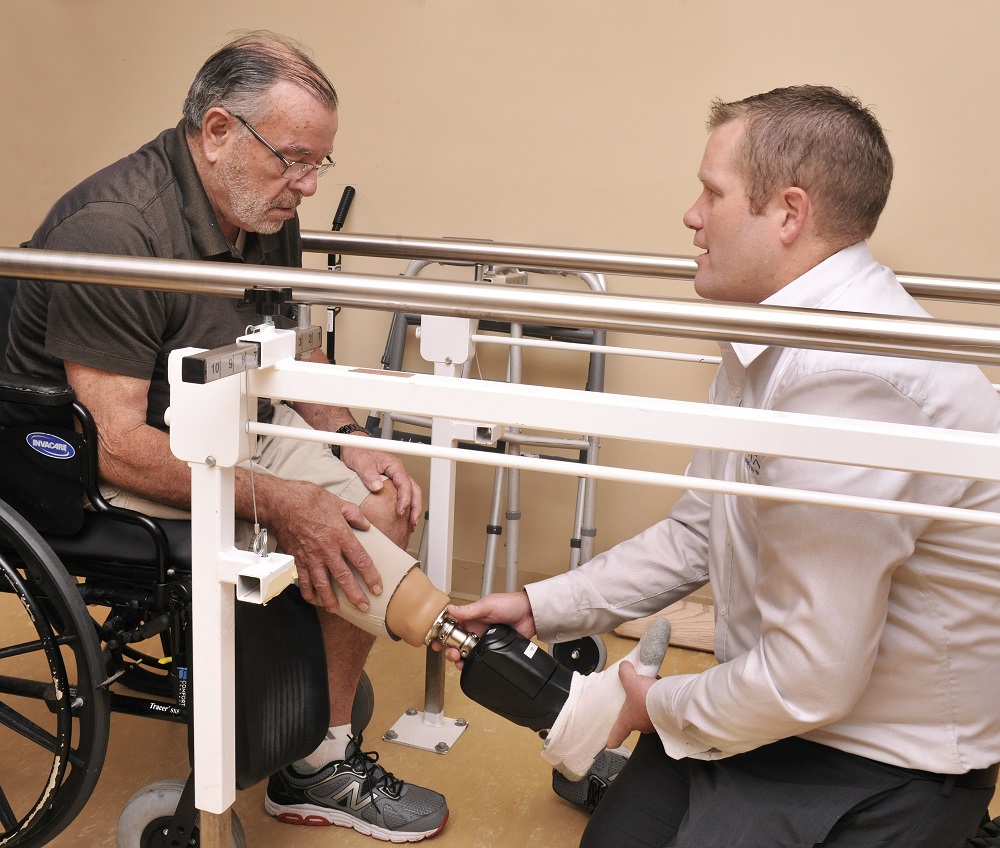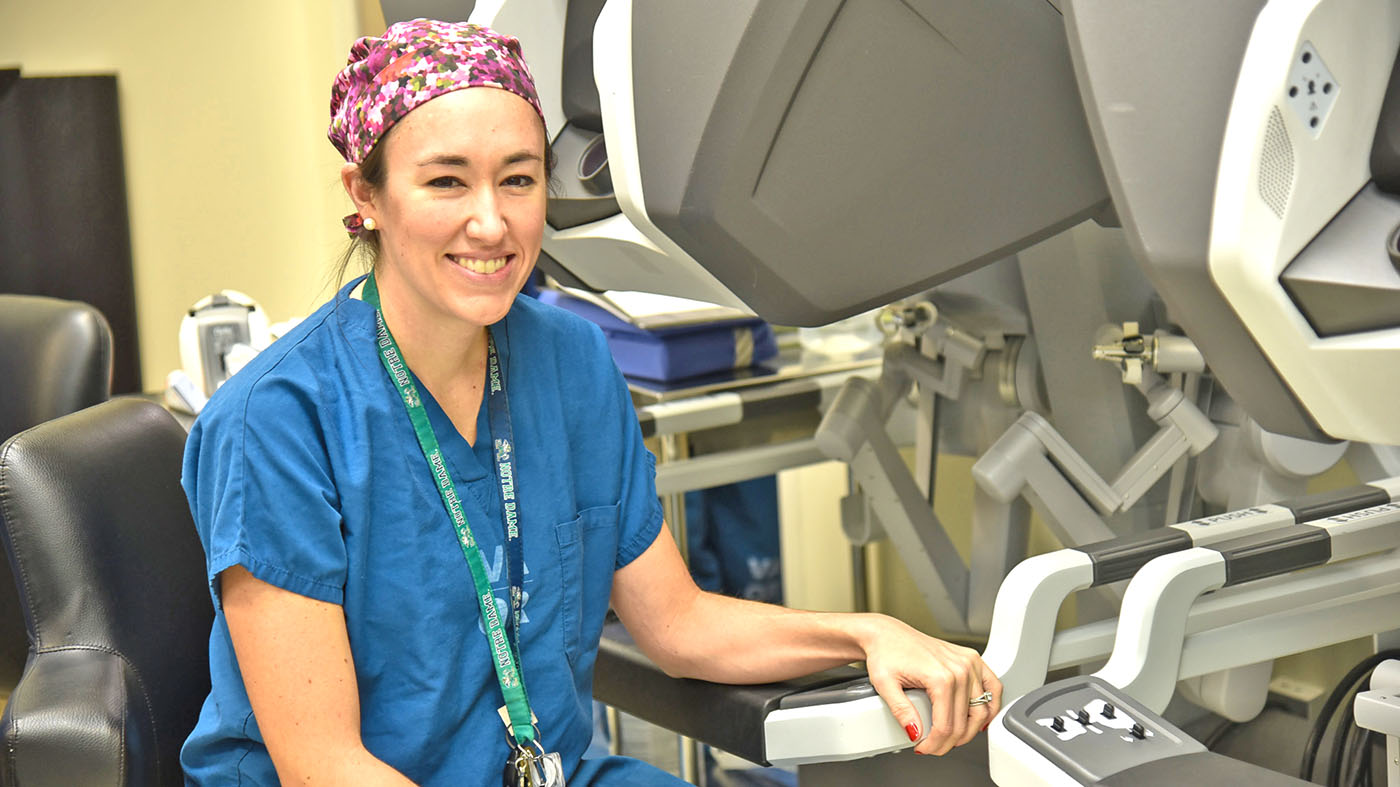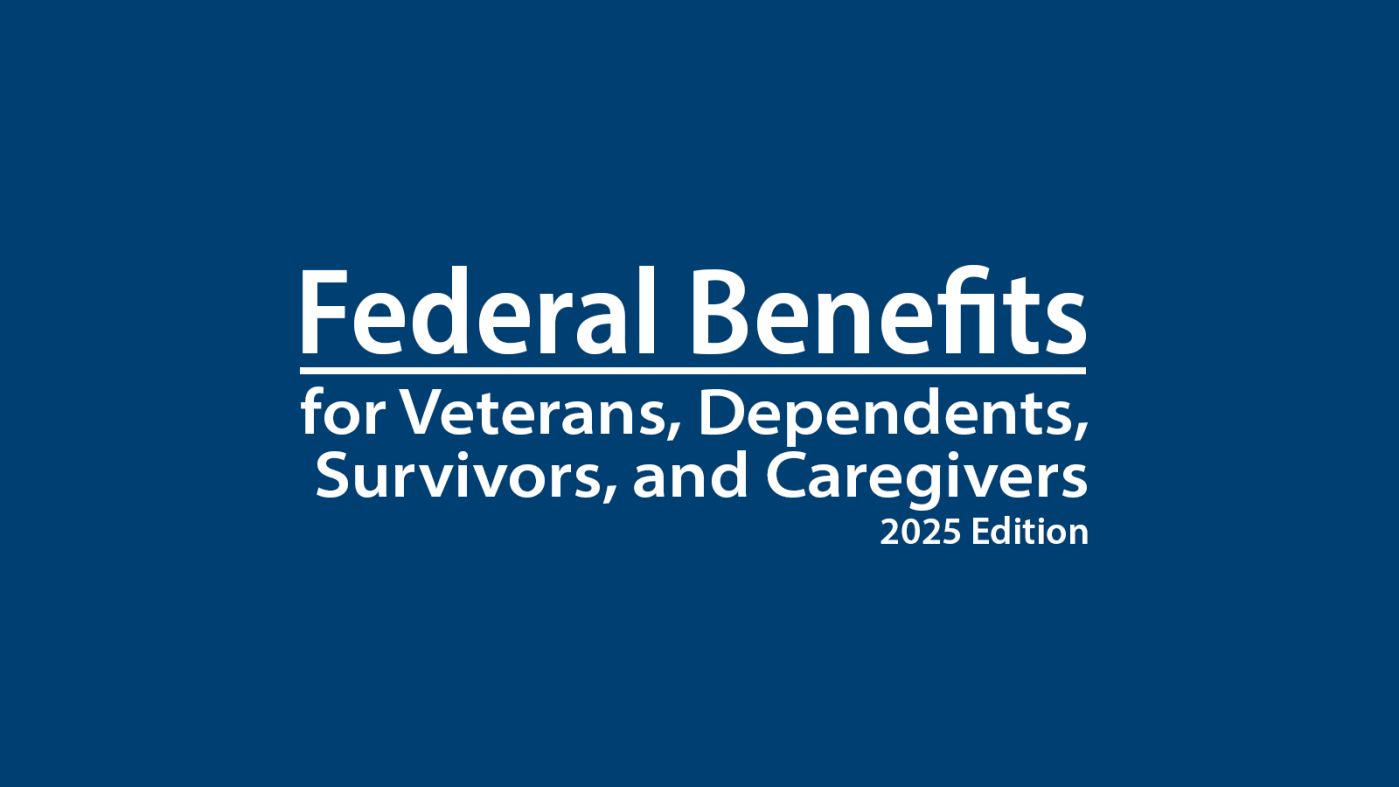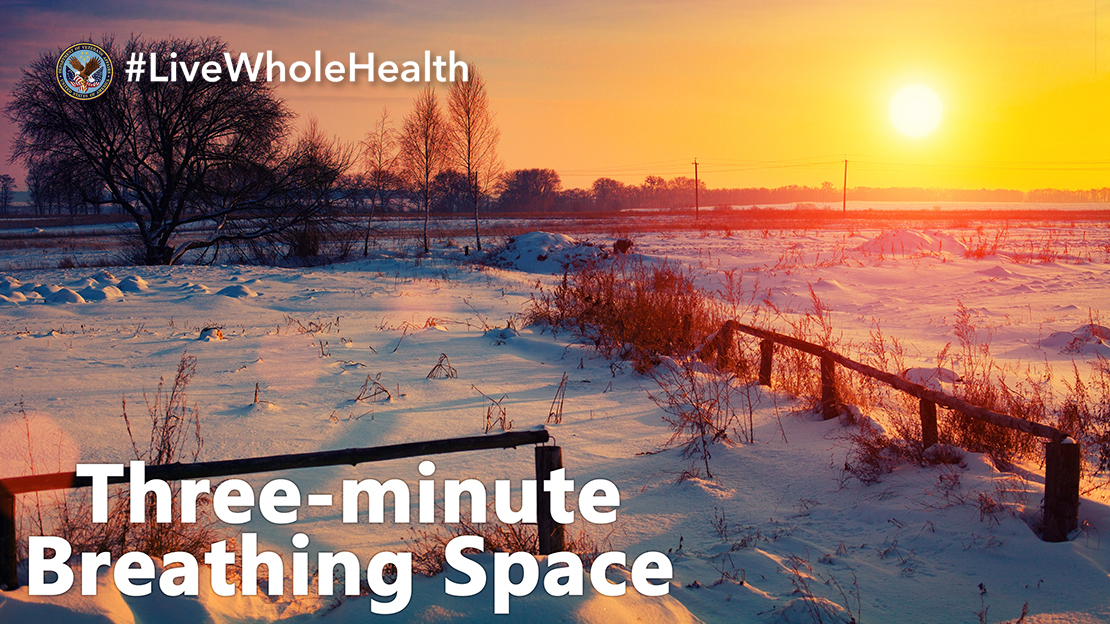Results. Veterans lives impacted. Health care providers supported.
That’s what the Veterans Health Administration Innovation Ecosystem (VHA IE) is looking for when it supports, guides and nurtures hundreds of frontline innovations across VHA. Through its innovative efforts, groundbreaking practices have started to change and save Veteran lives across the country.
The five innovations below were awarded 2020 FedHealthIT Innovation Awards, not only for being forward thinking and paradigm changing, but because they delivered results that directly impacted the quality of care that Veterans receive at VA.
Machine Learning Decision Support
How do we make important health care decisions for our Veterans?
Engaged, understanding, and personalized health care is where it starts, and Machine Learning is helping us make smarter decisions by analyzing health data in ways we previously could never accomplish. Dr. Cory Fominaya, from the Ralph H. Johnson VA Medical Center in South Carolina, began using machine learning technology in his work as a pharmacist, but the technology is now being adapted and expanded to help Veterans and their caregivers make important decisions based on the best available data.
TeleWound
For Veterans with chronic conditions like diabetes, hyperlipidemia, and atherosclerotic heart disease, ulcers are a common occurrence, but if they are not diagnosed and treated quickly, they can become major issues.
For rural Veterans, travel can make routine wound care and checkups even more challenging. This is where Telewound comes in. Created by Dr. Mona Baharestani from the Mountain Home VA Healthcare System in Johnson City, Tenn., the program has been spread through VHA by Diffusion of Excellence, offering thousands of Veterans more convenient care through telehealth technology. TeleWound has given easier wound care access to more than 1,350 Veterans through more than 2,380 virtual appointments. The TeleWound program has expedited access to national board-certified wound specialists for Veterans in multiple facilities.
FLOW3
FLOW3 has one goal: provide Veterans with prosthetics faster and more accurately than ever before. The practice was designed and implemented by a team at the VA Puget Sound Health Care System. While the changes and advances in the process implemented by FLOW3 are mostly invisible, the results show that through the new workflow management system, 3,823 Veteran lives have been impacted by providing 3,278 complete prostheses or socket replacements. Veterans were able to receive their prosthetics as quickly as possible because the average time of delivery was reduced by 15 days.
Diffusion Marketplace
Despite having just launched, the Diffusion Marketplace (Marketplace) is already having an impact on how VHA spreads and implements best practices. Developed as a kind of Amazon for VHA innovations, the Marketplace is an online resource where VA employees can browse, discover, and begin to implement successful innovations from across VA. It offers easy access to a range of innovations, along with tutorials, ratings, and contact information for the practice creators. Employees can collaborate with the practice creators and their local teams to identify and adapt new practices to fit their facility’s needs, spreading better care for our Veterans further and faster.
3D Printing and the VHA 3D Printing Network
3D printing is enabling VA’s medical providers to tailor solutions to individual patient needs, putting the Veteran at the center of their unique treatment plan. It’s leading to advancements in surgery, prosthetics, and the treatment of chronic illnesses. VA is spearheading the health care industry with 3D printing by establishing the VHA 3D Printing Network, which enables its health care staff to share ideas, resources and best practices. 3D Printing has also helped improve the care delivered to Veterans by decreasing surgical times, helping to avoid unneeded surgeries, improving satisfaction with the informed-consent conversation, and decreasing the number of hospital visits needed to access services, such as orthotics. It is even helping to tackle COVID-19 challenges.
“The real story of 3D printing is that it is not just a technology, it is an enabler… that in the hands of creative VA staff, 3D printing helps them to deliver care to Veterans that is exceeding expectations, building trust and restoring hope,” said Ripley.
Topics in this story
More Stories
Veteran Byron Potier weighed almost 300 pounds and was tired and lethargic. He was the perfect candidate for gastric sleeve surgery.
How much do you know about VA care, benefits and services? Don’t miss out on what you've earned—check out the "2025 VA Federal Benefits Guide for Veterans, Dependents, Survivors, and Caregivers" handbook to learn more.
Feeling stressed? Your breath can help you relax and focus. Take 3 minutes to reset and prioritize your well being for this week's #LiveWholeHealth practice.







What are you showing us in the photo intro for this article ???
Regarding FLOW3 for prosthetic delivery, the article says it reduces time for delivery by 15 days. However, without actually stating how long it actually takes for delivery of a finished prosthesis, there is nothing to compare it with. For a preparatory transtibial BK prosthesis, I can cast, fabricate, and deliver in 1-2 days. For a definitive, 10 to 15 days. So where’s the comparison that saves 15 days? More information is needed.
Karl Entenmann CPO
Tacoma WA
Ditto. At Davidson’s, using traditional methods with high end materials and experienced hand skills we commonly have patients travel to our facility to be provided with lower extremity prosthetic care in as little as five days, start to finish. Of course we have lower volumes than the VA and are prepared for the patients when they arrive, however, the hands on work happens very quickly. I still don’t see how another system could be faster and of outstanding quality when compared to experience and excellent hand skills. More info needed.